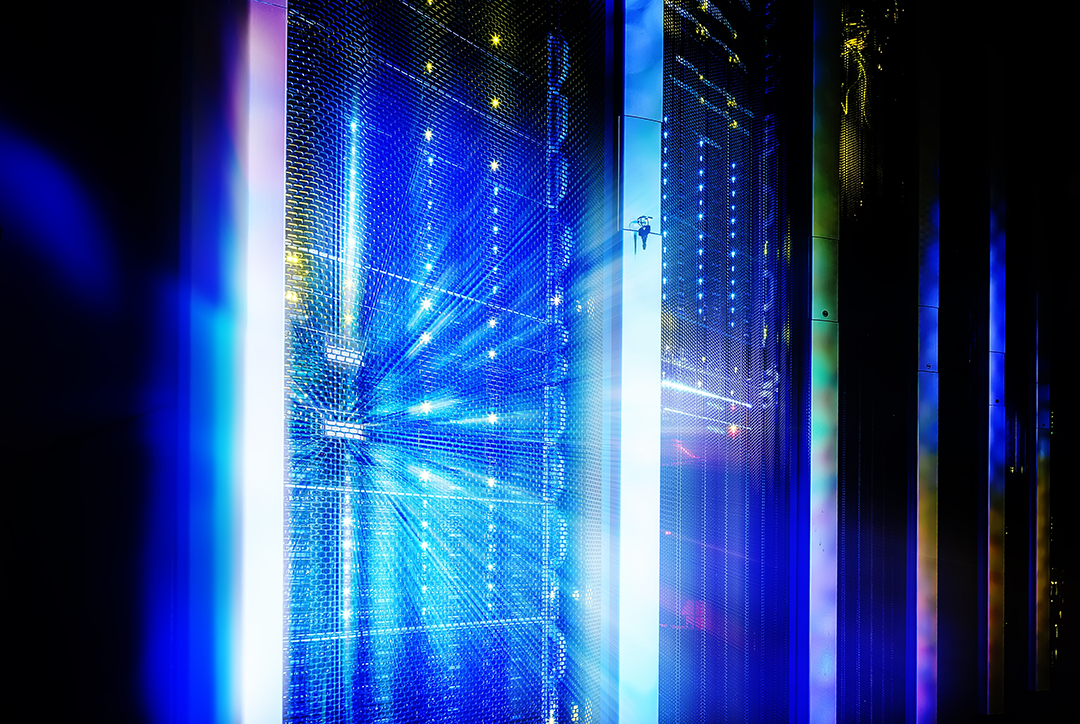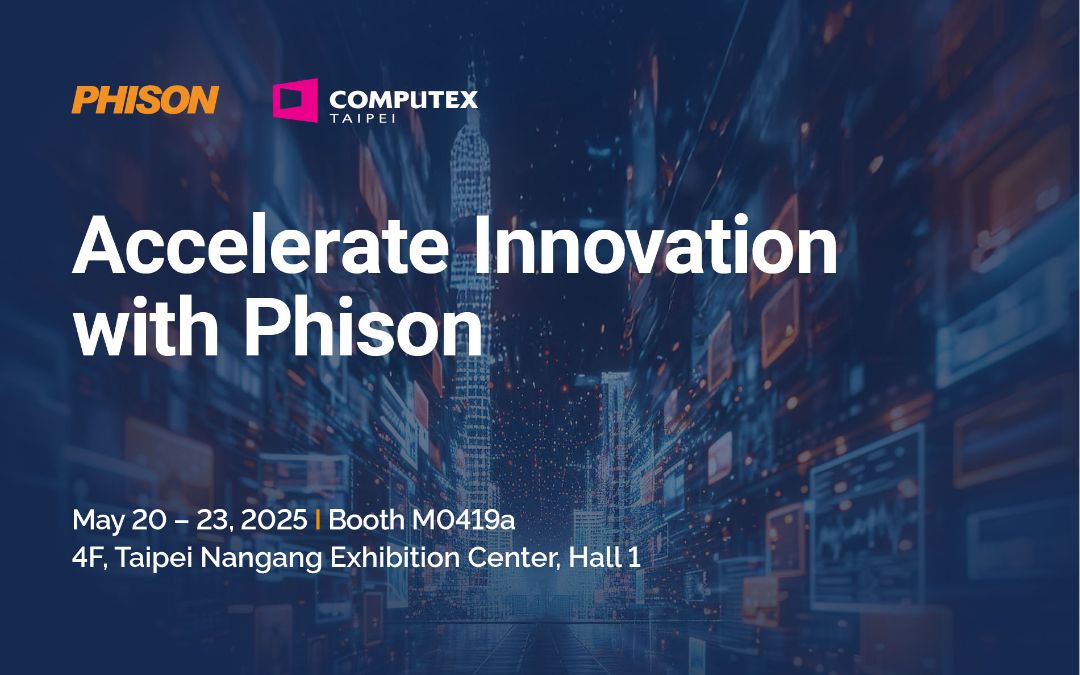It’s widely agreed across industries that flash memory and storage on solid state drives (SSDs) offer higher performance than traditional hard disk drives (HDDs). For this reason, many organizations have traditionally adopted SSD storage for their most performance-sensitive workloads and used HDDs for everything else.
The concept of all-flash storage—even for lower-tier workloads—only became possible about 10 years ago, however, when the first all-flash solutions appeared on the market. At that time, most organizations kept their HDDs to store data and applications that weren’t dependent on high performance because the price of an HDD was exponentially lower than that of an SSD.
Today, the price discrepancy between SSDs and HDDs continues to shrink, so SSDs are more cost-effective. But it’s not just shrinking costs. SSDs also offer benefits over HDDs in other ways, such as a wider range of capacity sizes and higher functionality such as data deduplication and compression. This has led to more organizations considering all-flash data centers, which are data centers that rely solely on SSD flash storage on flash-optimized architecture. It completely eliminates the use of spinning-disk HDDs—as well as the additional management and maintenance burdens.
As SSDs become more cost-effective and offer added functionality, organizations are using them for use cases beyond the highest-tier workloads. In fact, according to one recent white paper, “by 2028, practically no new all-HDD storage systems will be sold for data center computing.”
Other industry analysts and experts might not have the same level of certainty about the near-future demise of HDDs as that bold statement. Gartner, for instance, estimated in 2022 that all-flash-array revenues will grow to 55 percent of all external storage revenues by 2026. While not predicting the elimination of HDDs, that estimate still shows that most analysts acknowledge that an all-flash data center is more possible today than ever before and that the benefits can far outweigh the (still decreasing) costs.
AFCOM’s 2023 State of the Data Center report also stated: “To support the growing need for data, data center professionals are turning to all-flash storage to properly manage data requirements. Thirty-eight percent of respondents say they leverage all-flash storage for high performance and 31% use it for general purposes.”
An all-flash data center is a performance upgrade
One of the main benefits of only using flash for data storage is the superior performance. Some workloads require ultra-low latency and an organization’s operations can be negatively affected by even the smallest lag in performance. These critical workloads, such as Windows domain controllers or high-level financial trading software, must be extremely reliable and fast. They need the highest-performance data storage.
Other workloads, such as enterprise resource planning (ERP) or customer relationship management (CRM) systems are still critical but only at certain times during usage. Even though they don’t require the highest level of storage performance, organizations can still benefit from SSD performance. If all of your workloads and applications are running at the highest performance, your organization can operate more efficiently across all departments, which can help improve customer service and employee productivity.
Performance is also extremely important today as organizations implement powerful data analytics platforms as well as cutting-edge AI and machine learning solutions. Because the volume of existing data at any organization is massive and organizations are using advanced applications that require a lot of data, having high-performance storage almost becomes a must.
This demand for fast, high-performance storage for a range of workloads also points to another benefit of an all-flash data center. With an all-flash array, IT doesn’t need to concern itself with isolating workloads based on performance needs. An organization can put more workloads—in a mix of critical and less critical—on fewer platforms. This helps reduce the IT management burden as well.
Flash storage is also easier to rebuild and recover, which boosts resiliency and reliability. And because SSDs don’t have any internal moving parts, they can withstand accidental drops or shock better than HDDs and help reduce time spent replacing components that failed.
All flash helps drive sustainability and energy efficiency
Another benefit of an all-flash data center is its effect on sustainability and energy efficiency. Today’s organizations are increasingly tasked with reducing carbon emissions and adopting energy-efficient hardware and processes. All-flash data centers can help organizations meet their sustainability goals in a variety of ways:
-
-
- SSDs are more energy efficient than HDDs and require less power to operate.
- Because of their lack of moving parts, SSDs also emit less heat, which means that there is a reduced need for cooling in the data center.
- Thanks to their flexibility in form factor, SSDs can also fit into physical space more efficiently and reduce an organization’s data center footprint—which in turn means lower power consumption overall in a smaller data center.
- As flash data storage increases in density, it can also consume less power.
-
Phison delivers NAND flash data storage for any modern use case
Today’s organizations don’t purchase HDDs because they’re better than SSDs—they’ve just been traditionally cheaper. But advanced flash data storage can often lead to a better total cost of ownership over HDDs based on SSDs’ high-performance efficiency gains, lower power consumption, higher density, smaller physical footprint (which leads to less need for space and cooling) and so on.
The company’s Pascari Enterprise SSD product portfolio provides optimal combinations of performance and low power consumption capabilities that allow organizations to store and access their most important data quickly and easily. The range offers enterprise SSDs for use cases in data centers, high-performance applications, boot servers, AI and more.
Phison SSDs are designed for today’s advanced workloads and high volumes of data. They are ideal for high-performance computing, hyperscale data centers, data analytics, AI and machine learning workloads. With best-in-class high performance and low power consumption, Phison SSDs help remove data bottlenecks and can lead to lower overall total cost of ownership.
Whether you move to all-flash data storage in your data center for the performance, to increase energy efficiency or simplify IT management, Phison can help make your dreams for an agile, efficient and cost-effective data center a reality.











